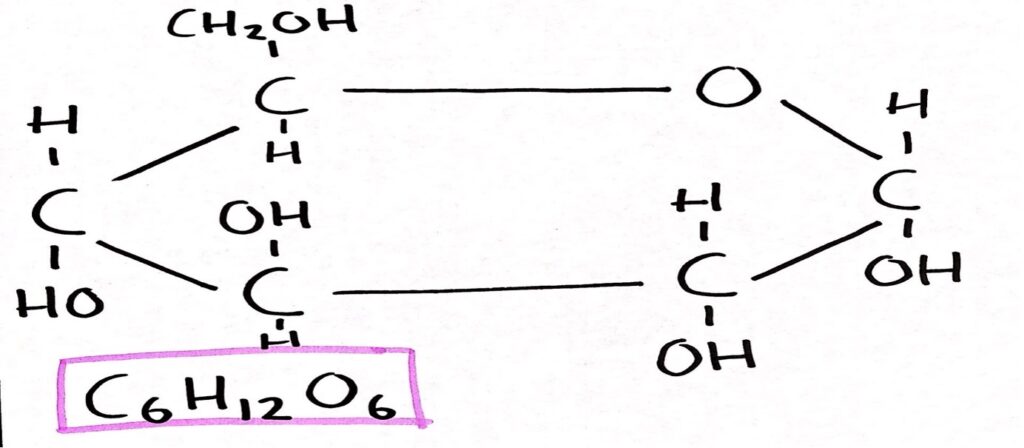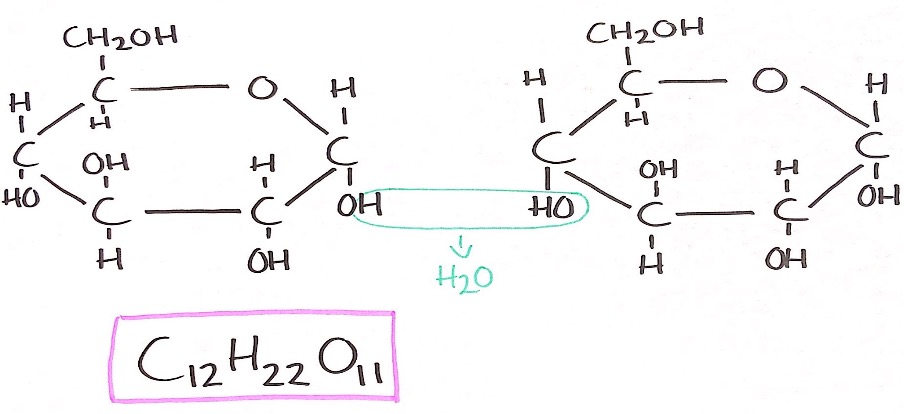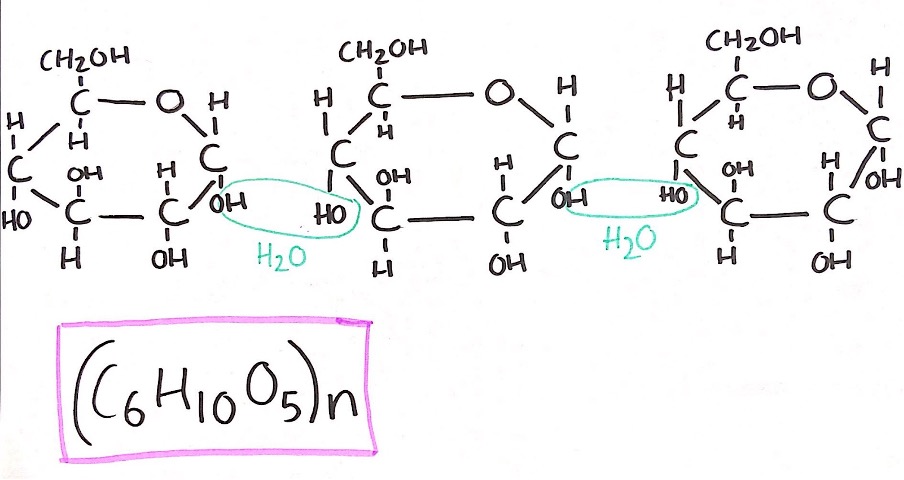Complete Guide: H1 Leaving Cert Home Economics
We’re very excited to present our work on Home Economics (Higher Level). The contents of are detailed below. This is a distilled set of notes with a small section on H1 past paper answers. It is 132 A4 pages (27,000 words) of only the most relevant insights for your H1. We know how hard it can be, and it is our passion to make it easier for the students who come after us. Our team, composed of people who got 625+ points, teachers and State examiners, distilled our own best notes, sample answers and tips, so that you don’t have to fight these battles on your own or reinvent the wheel. Whether you want 625 points, or to simply maximise your points, this will – guaranteed – have useful insights to make your life easier. If you are unhappy with the product, contact us within 2 weeks of purchase and we will issue a refund in full.
This guide does not include the project and focuses on one Elective only, Elective 3.
This is our first edition of the Home Economics notes, so we’re currently offering them at a special price of 29 euro.
With our Home Economics guide, you will get:
✔priority access for Leaving Cert study advice. Email answer@625points.com with your query
✔notes as detailed below
Contents of H1 Leaving Cert Home Economics Guide
Introduction
Course Breakdown
Exam Breakdown
General Advice
Core area 1: Food Studies
Food Choice
Protein
Chemical Structure
Peptide Links
Structure of Proteins
Classification of Proteins
Biological Value of Protein
Complementary Role / Supplementary Role
Properties of Proteins
Effects of Dry and Moist Heat
Absorption of Protein
Deamination
Digestion of Protein
Carbohydrates (note this chapter is available as a sample at the bottom of this page)
Classification of Carbohydrates
Properties of Sugar
Properties of Starch
Properties of Non Starch Polysaccharides (NSP)
Effect of Heat on Carbohydrates
Biological Function of Carbohydrates
Absorption of Carbohydrates
Digestion of Carbohydrates
Lipids
Chemical Structure
Classification of Fatty Acids
Essential Fatty Acids
Omega-3 Fatty Acids
Cis Fatty Acids (good)
Trans Fatty Acids (bad)
Classification by source
Properties of Lipids
Biological Functions of Lipids
Absorption of Lipids
Digestion of Lipids
Vitamins
B-Group Vitamins (water soluble)
Vitamin C
Fat-Soluble Vitamins
Minerals
Calcium
Iron
Zinc
Iodine
Sodium
Potassium
Diet-Related Health Problems
Bowel Disorders
Osteoporosis
Obesity
Coronary Heart Disease
DiabetesModified Diets
Dietary requirements through lifecycle
Babies
Children and Teenagers
Adults and Older People
Pregnant and Breastfeeding Women
The Irish Diet
Areas of Malnutrition in the Irish Diet
Food Commodities
Meat
Fish
Eggs
Milk
Cream
Butter
Yoghurt
Cheese
Cereals
Fruit and Vegetables
Alternative Protein Foods (Novel Foods)
Food Preparation and Cooking Processes
Physical and chemical changes during food preparation
Physical changes during cooking
Chemical changes during cooking
Methods of Heat Transfer
Soup
Sauces
Pastry
Sensory Analysis Testing
Food Processing
Food Packaging and Labelling
Food Additives
Microbiology
Food Spoilage
Food Preservation
Freezing
Jam Making
Commercial Preservation
Effects of Preservation on Food
Comparative evaluation of freezing and canning strawberries
Food Safety
Hazard Analysis and Critical Control Points (HACCP)
Food Legislation
Core Area 2: Resource Management and Consumer Studies
Family Resource Management
Household Finances
Money Advice and Budgeting Service (MABS)
Credit
Savings
Insurance
Housing Finance
Housing
Household Technology
A small appliance with a motor – Food Processor
An appliance with a heating element – Kettle
A refrigeration appliance – Fridge
Microwave Oven
Textiles
Scientific Principles underlying the care of fabrics
Types of Fabric
Consumer Studies
Retail Outlets
Retail Psychology
Consumer Rights and Responsibilities
Consumer Protection Legislation
Statutory Protection Agencies
Voluntary Protection Agencies
Core Area 3: Social Studies
The Family in Society
Sociological Terms
Family Structures
Historical Development of the Family
Social, economic and technological changes affecting families
Family Functions
Marriage
Marriage Customs
Marriage Preparation
Separation
Nullity of Marriage
Divorce
The Family as a Caring Unit
The Rights of Children
Adolescent-parent relationships
Special Needs
Family Law
Elective 3: Social Studies
Social Change & The Family
Social & economic changes in Ireland
Changing settlement patterns
Reduction in working hours
Provision of education
Provision of social welfare
Changing attitudes to marriage
Modern technology
More women in the workforce
Education
Purpose of education
Factors that influence educational achievement
Pre-school Education
Primary Schools
Second Level Education
Third Level Education
Work
Job Satisfaction
Working Laws
Unemployment
Unemployment in Ireland
Childcare
Factors to consider
Childminders vs Créches
Poverty
Types
Causes of Poverty
Social Policy
Effects of Poverty
Leisure
Functions
Factors influencing leisure
Sample Answers
2019 Section B Q1
2016 Section B Q2
2016 Section B Q5
2020 Section C Q3
Exam Advice
Sample chapter: Carbohydrates – Leaving Cert Home Economics
Classification of Carbohydrates
- Monosaccharides: a simple sugar that contains one single sugar unit. Examples include glucose and fructose

- Disaccharides: formed when two monosaccharides join together resulting in the loss of water. This is known as the condensation reaction. Examples include sucrose and lactose.

- Polysaccharides: formed when three or more monosaccharides join together resulting in the loss of water with each new link. Chains can be straight or branched. Examples include starch, glycogen and cellulose.

Properties of Sugar
- Assist Aeration: when sugar is whisked, aeration occurs. The sugar helps to denature the egg protein, causing it to unfold and entrap air bubbles.
- Caramelisation: on heating, sugar melts and caramelises. Caramelisation normally occurs at 160 °C resulting in an attractive brown colour and a sweet taste. If overheated (past 177 °C), caramel will carbonise and burn.
- Maillard Reaction: the non-enzymatic browning of food due to a reaction between certain amino acids and sugars under dry heat e.g. shortbread biscuits
- Crystallisation: if more sugar is added to a liquid than it can dissolve, crystals form which can solidify when set e.g. jam making.
- Hydrolysis: this is the reverse of the condensation reaction. It occurs during digestion. Water and enzymes split disaccharides into two monosaccharides.
- Inversion: this is when sucrose splits into glucose and fructose, it is an invert sugar. This is used in jam making.
Properties of Starch
- Gelatinisation: when starch is combined with a liquid, the grains swell and burst, they absorb the liquid. This increases the viscosity. As the temperature increases, it becomes more viscous and forms a sol.
- Hydrolysis: this is the reverse of the condensation reaction. Occurs during digestion. Water and enzymes split disaccharides into two monosaccharides.
- Dextrinisation: when starchy foods are heated, dextrins form. More heat causes pyrodextrins to form which causes colour to develop e.g. toast
Properties of Non Starch Polysaccharides (NSP)
- Cellulose: insoluble in water and cannot be digested by the body without any water. It helps to stimulate peristalsis and prevent bowel disorders.
- Pectin: present in plant cell walls ( in fruit and vegetables). Only present when they are ripe. It is used as a setting agent. For it to be extracted, heat and acid are needed.
Effect of Heat on Carbohydrates
Dry Heat: caramelisation, maillard reaction
Moist Heat: syrup formation
Biological Function of Carbohydrates
Supplies the body with heat and energy
By consuming enough carbs, protein can fulfill its primary function
Stimulates peristalsis
Excess carbs are converted to glycogen and kept as long term energy store
Absorption of Carbohydrates
After digestion, the monosaccharides are ready to be absorbed by the small intestine. They pass through the wall of the villi and into the bloodstream.
Glucose is then: 1) oxidised to produce heat and energy 2) converted to glycogen and stored in the liver and muscles (long term energy) 3) excess glucose is converted to fat and stored as adipose tissue under the skin
Digestion of Carbohydrates
| Organ | Secretion | Enzymes | Substrate | Product |
| Mouth | Saliva | Amylase | Starch | Maltose |
| Pancreas | Pancreatic Juice | Amylase | Starch | Maltose |
| Ileum | Intestinal Juice | Maltase | Maltose | Glucose |
You may also like: Leaving Cert Home Economics predictions